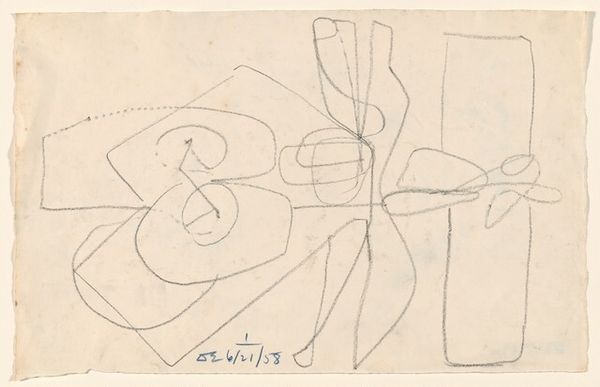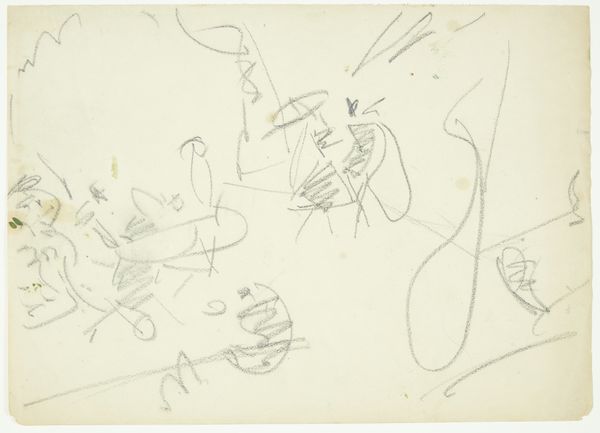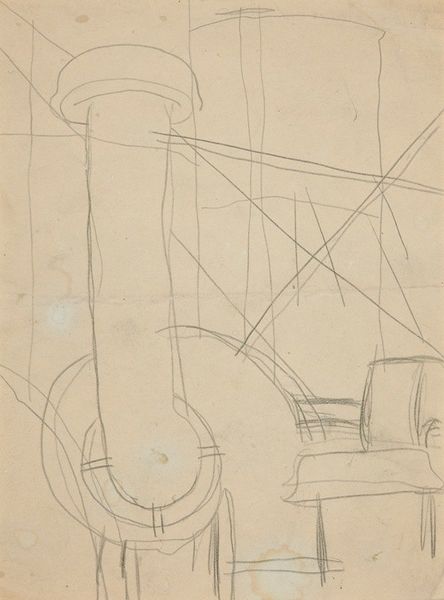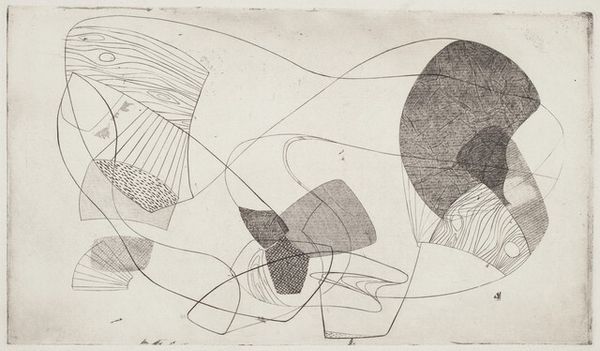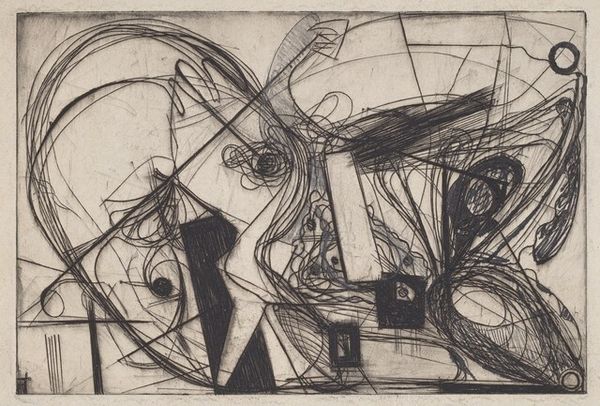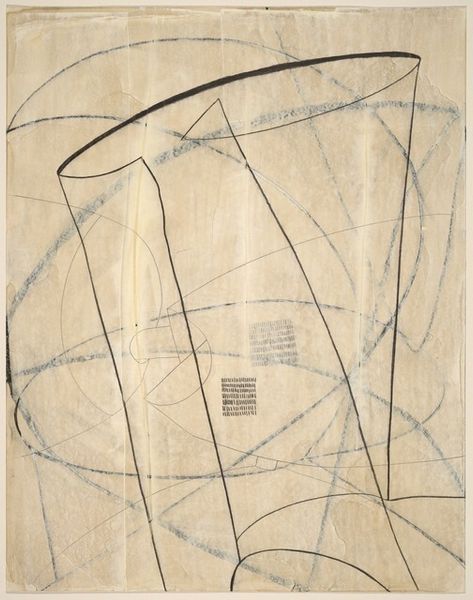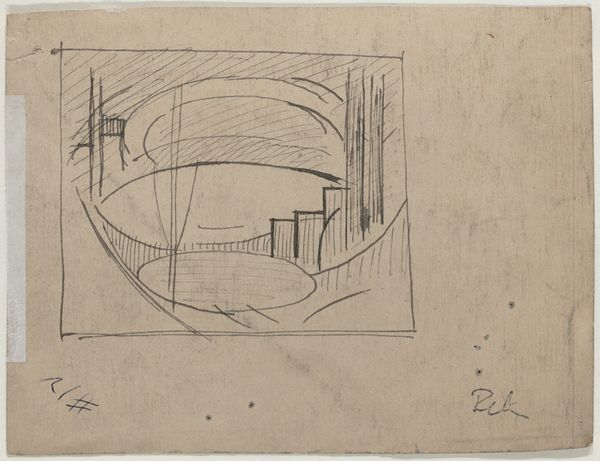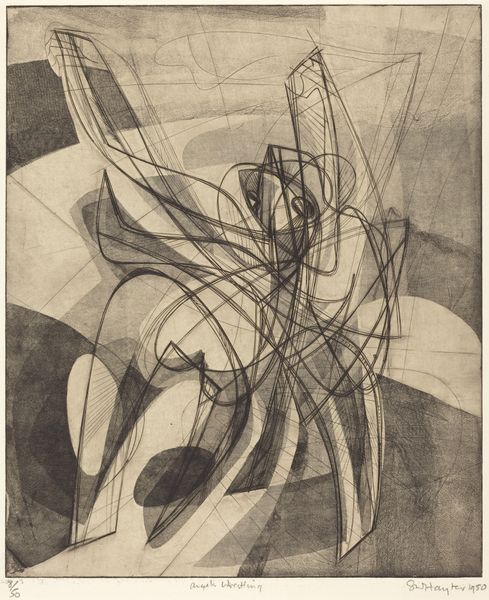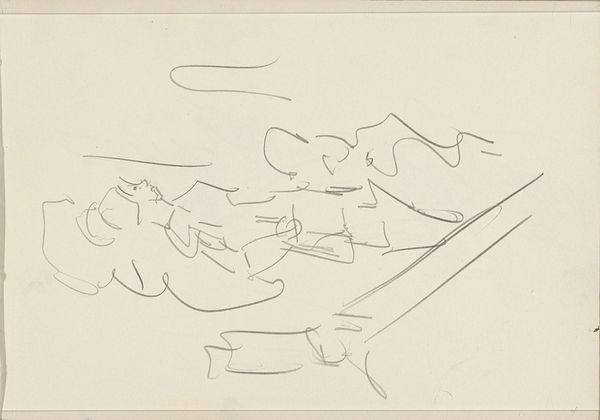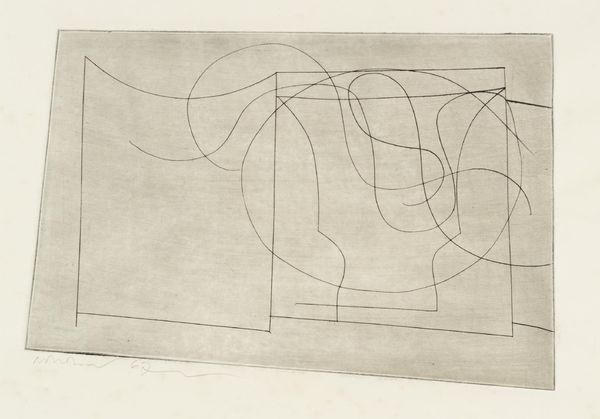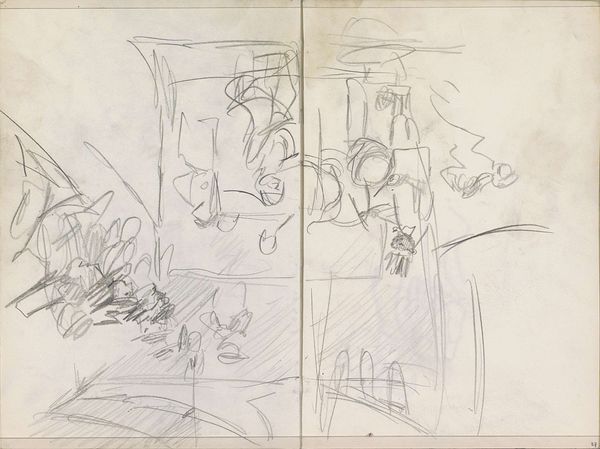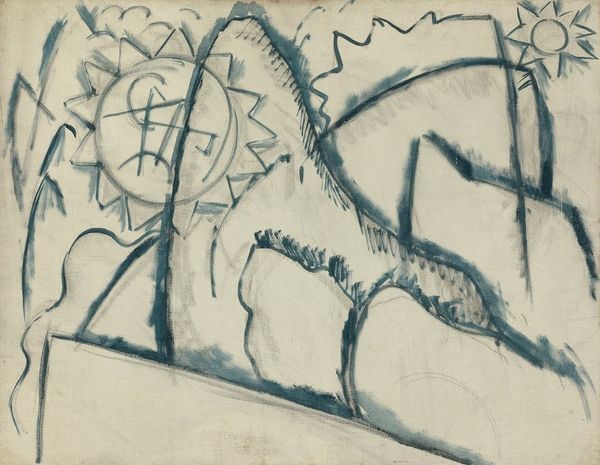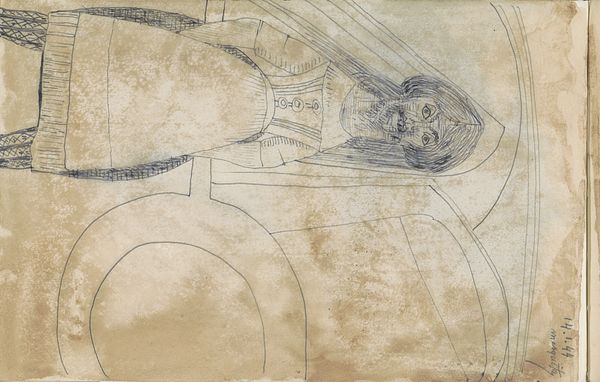
Dimensions: support: 280 x 491 mm
Copyright: © Angela Verren Taunt 2014. All rights reserved, DACS | CC-BY-NC-ND 4.0 DEED, Photo: Tate
Editor: This drawing, "Oct. 55 (Torre del Grillo, Rome)" by Ben Nicholson, looks like a jumble of buildings and fruit! What’s interesting is how flat everything seems, even though it’s a landscape. What do you see in this piece, from a historical perspective? Curator: I see Nicholson grappling with representation after the Second World War. Artists questioned traditional modes, seeking new visual languages. The superimposition of still life onto the Roman cityscape reflects this struggle, almost layering private, domestic spaces onto the public sphere. Does this layering suggest anything about post-war anxieties? Editor: That's a really interesting point! I hadn’t thought about it that way. Curator: It invites us to consider how art can reflect and shape our understanding of history and culture.
Comments
tate 8 months ago
⋮
http://www.tate.org.uk/art/artworks/nicholson-oct-55-torre-del-grillo-rome-t07796
Join the conversation
Join millions of artists and users on Artera today and experience the ultimate creative platform.
tate 8 months ago
⋮
In the mid 1950s Nicholson made several journeys to Italy and painted a number of abstract still lifes with Italian titles, including Oct. 55 (Torre del Grillo, Rome). This drawing features, in the extreme foreground, a close view of still life in which a large jug and a bowl of pears are identifiable. The still life elements are set against a complex cityscape made up of an assemblage of details: roofs and cornices and other more distinctive elements, including the top of the cupola of a church, part of a bell tower, and three poplar trees. The cityscape and the still life are drawn in outline with limited shading on cream coloured paper. A pinkish wash has been applied over a rectangular area from the upper left, which covers approximately two-thirds of the composition. Nicholson places the still life in an ambiguous foreground space that merges with the fragmented Roman panorama in the background.
